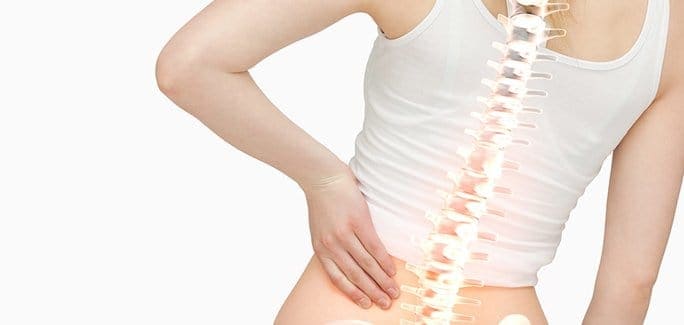
The eyes are a major aspect in everyday life that can play a role in just seeing and taking something in. For the general population, the eyes play a major role in reading, seeing, and for every day functions. However, there is growing evidence that vision may play a role in how the musculoskeletal system works with the mind, especially with performance training.
The eyes play a role in movement and most individuals may not even notice. The relationship is such that if the eyes are directed or have a tilt in one direction, then the body will need to adjust in a manner to correct this. Similarly, if the eyes do not converge correctly, or have some visual issue, then the body needs to correct for this in order to maintain proper movement and ambulation. How exactly can this be applied to motion, especially in the setting of fitness and athletics?
Athletes, especially runners, rely a great deal on vision for effective movement. Many runners have imbalances in gait patterns, which often lead to specialized orthotics as well as devices to allow the runner to regain proper mechanics. However, given the evidence of vision and its effect on motion, it is reasonable to expect that a head tilt, body tilt, or even vision training can help to correct for this imbalance, without even setting foot in an orthotics store.
Whenever the eyes have a disorder, poor convergence, or whenever they are tilted, it is reasonable to expect that the body will adjust to compensate for this deficiency. One way in which the body compensates for visual issues is to tilt the head, rotate the chin, or even adjust how the body moves in order to fully allow motion that works. Often, the athlete or patient will not even notice that this happens, thus making it an unconscious effort by the mind.
While vision issues can be a cause of movement dysfunction, it is fortunate that training can be applied to help correct for this. Listed below are some ways that vision training can benefit movement.
Having the proper visual training can help to adjust the body, head, and possibly eye tilting and help to correct for body mechanics. While changes are not always guaranteed with training sessions, eye therapy should be a modality performed with a trained occupational therapist, as well as with other multi-disciplinary professionals such as eye and sports professionals. Helping the body to correct itself can aid in boosting sports mechanics as well as avoiding injuries due to repetitive motion.
Dr. Lev Kalika is a world-recognized expert in musculoskeletal medicine. with 20+ years of clinical experience in diagnostic musculoskeletal ultrasonography, rehabilitative sports medicine and conservative orthopedics. In addition to operating his clinical practice in Manhattan, he regularly publishes peer-reviewed research on ultrasound-guided therapies and procedures. He serves as a peer reviewer for Springer Nature.
Dr. Kalika is an esteemed member of multiple professional organizations, including: